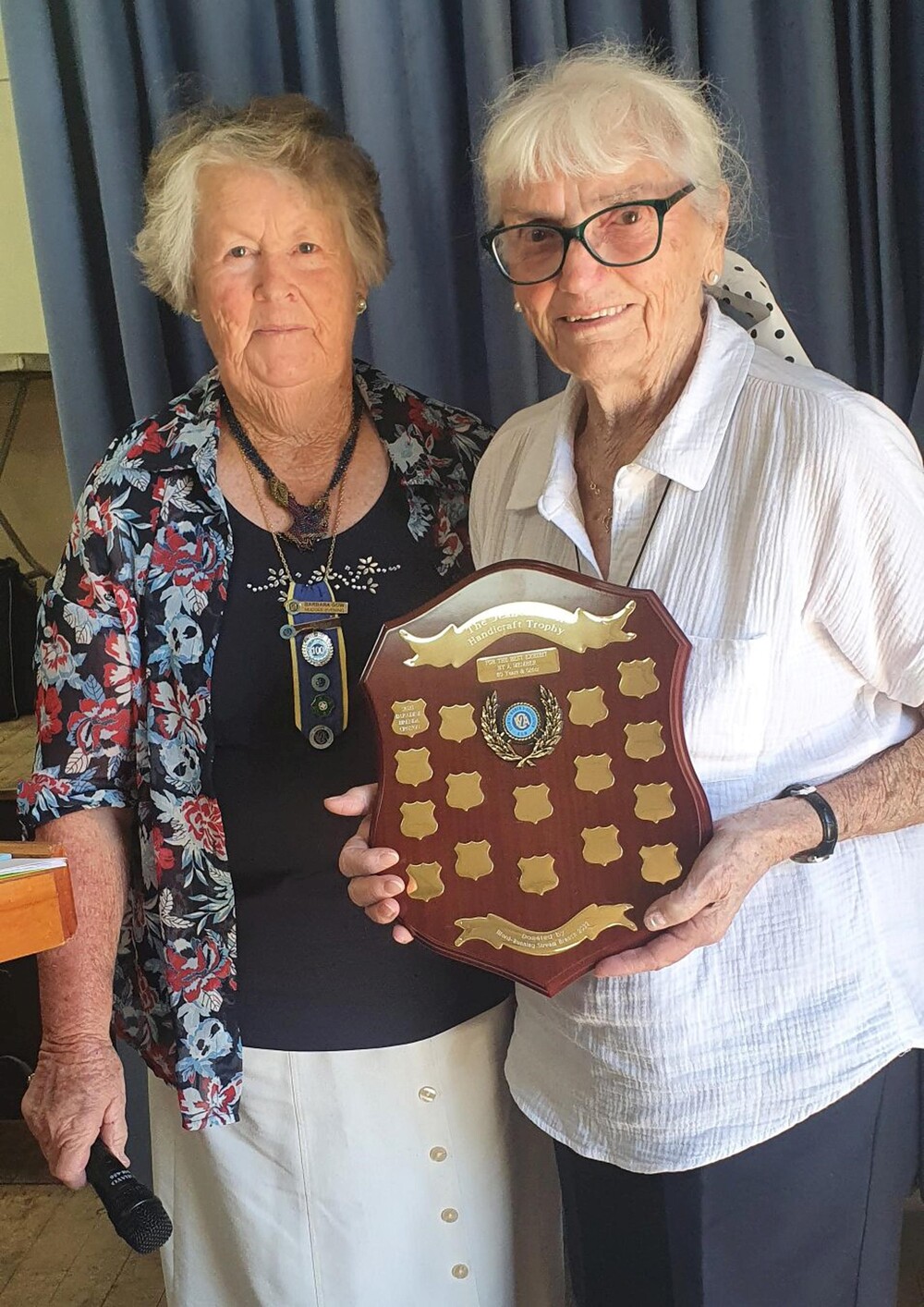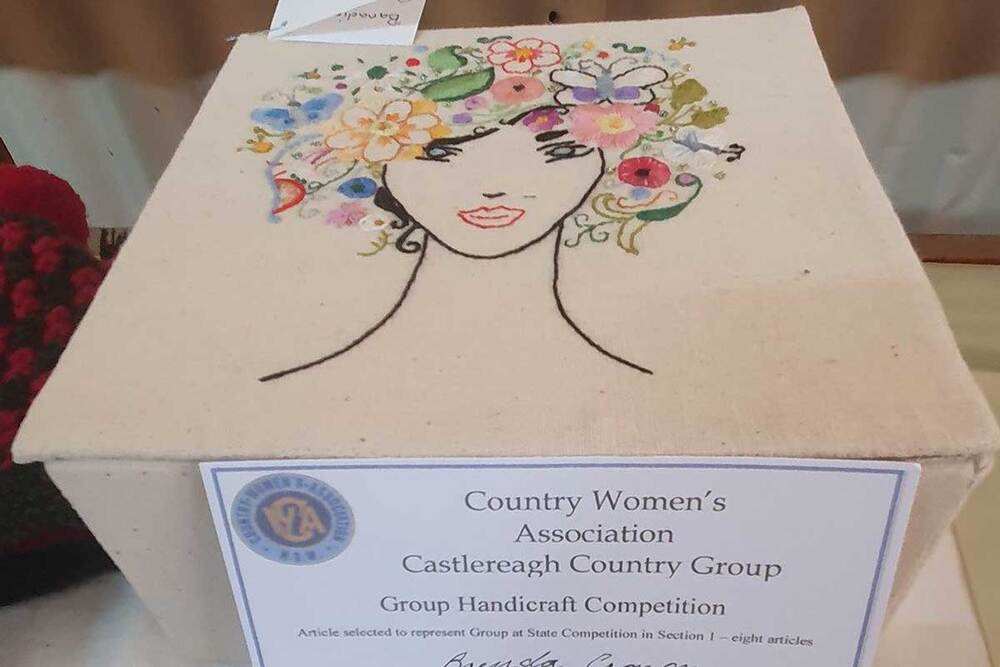Handicraft, France and Bats on CWA agenda
Liz Cutts
13 April 2024, 7:40 AM
 Microbats and more make the agenda at Castlereagh CWA
Microbats and more make the agenda at Castlereagh CWATheir interests are wide and varied so whenever members of the Country Women's Association gather, the discussion is bound to be diverse.
The Castlereagh branch was a case in point last month when the agenda swooped from Handicrafts to French culture and ... Microbats.
Embroiderers, knitters and sewers throughout the region have submitted their best work for the upcoming Country Women’s Association (CWA) state competition.
Members of the Castlereagh Country group of CWA gathered at Ilford on Monday, 25 March for a council meeting and judging of the group handicraft competition.
Group president, Annie Johnston welcomed everyone with a reminder that the CWA of NSW annual conference will be held in early May at Coffs Harbour and thanked all the branches who are fundraising for the new CWA accommodation wing at the Macquarie Homestay in Dubbo.

Castlereagh Group handicraft officer Barbara Gow, presented Brenda Croxon with the Michelle Sell trophy for winning the over 80’s handicraft section. (image: E.Hampton)
Group international officer, Helen Marsonet reported on the international seminar on France, this year’s CWA country of study, which she recently attended in Dubbo.
“There were a large number of members in attendance to listen to the French ambassador, His Excellency Pierre-Andre Imbert, give his address,” Helen said. “He talked about some of France’s cultural achievements during its diverse history and the upcoming Olympic Games to be held in Paris. He mentioned the fact that France produces 1,000 varieties of cheese and is well known for its gastronomic achievements.
“Various speakers gave an insight into the culture and history of this interesting country. Art historian and author, Dr. Susan Steggall talked about her life in Haute-Savoie, a department in the Auvergne-Rhône-Alpes region of Southeastern France, bordering both Switzerland and Italy, and Ruth Shanks, former ACWW world president, presented a wonderful illustrated talk on the handicrafts of France.”

PHOTO: Brenda Croxon’s embroidered box was selected to go to State judging. (image: E.Hampton)
Microbats
Agricultural and environmental officer, Louise Press informed members that the competition for primary school children from kindergarten to year 3 was a colouring-in stencil and a short story (200-400 words) for students’ years four to six. She also provided some information on Microbats, the study animal for 2024.
“Microbats are the only mammals capable of flying a sustained distance and there are more than 60 different types of Microbats in Australia,” Louise explained.
“The smallest microbat weighs only 3 grams, the largest, the carnivorous ghost bat, weighs just 150 grams. They move fast and are rarely seen or heard.
“You may be lucky to hear a White-striped Freetail Bat as it sends out its high-pitched echo-location, which is one of the few bats that can be heard by humans."

White-striped freetail bat. IMAGE: M Pennay allaboutbats.org.au
“During summer and autumn, microbats go into a feeding frenzy as they fatten up on insects to help them survive the winter. Adult microbats feed on lawn grub moths, weevils, caterpillars, beetles, midges, flying termites, mosquitoes and other insects.
“They can eat as much as 40% of their own body weight in a single night or several hundred insects per hour. Once the nights become cooler and the insects disappear, they lower their body temperature and go into a state of mini hibernation until their food returns in spring."
Handle the precious microbats with care. IMAGE: ABC
“Many of our microbat species are hollow dependent, which means they live during the daylight hours inside the hollows of trees or branches. Competition from birds, possums and gliders along with the clearing of many old trees means that microbats may find the roof or walls of your home the perfect roosting place.
“If you have microbats in your walls or roof and don’t want them there, visit Bat Rescue Inc for more detailed information on how to remove them.”
In the handicraft competition Baradine member, Brenda Croxon took out the over-80’s trophy for the second year in a row. Two of her items, a beautiful hand embroidered box and a little teddy bear were chosen to go to State for judging. Baradine branch was only four points behind the winner of the branch challenge of eight items.